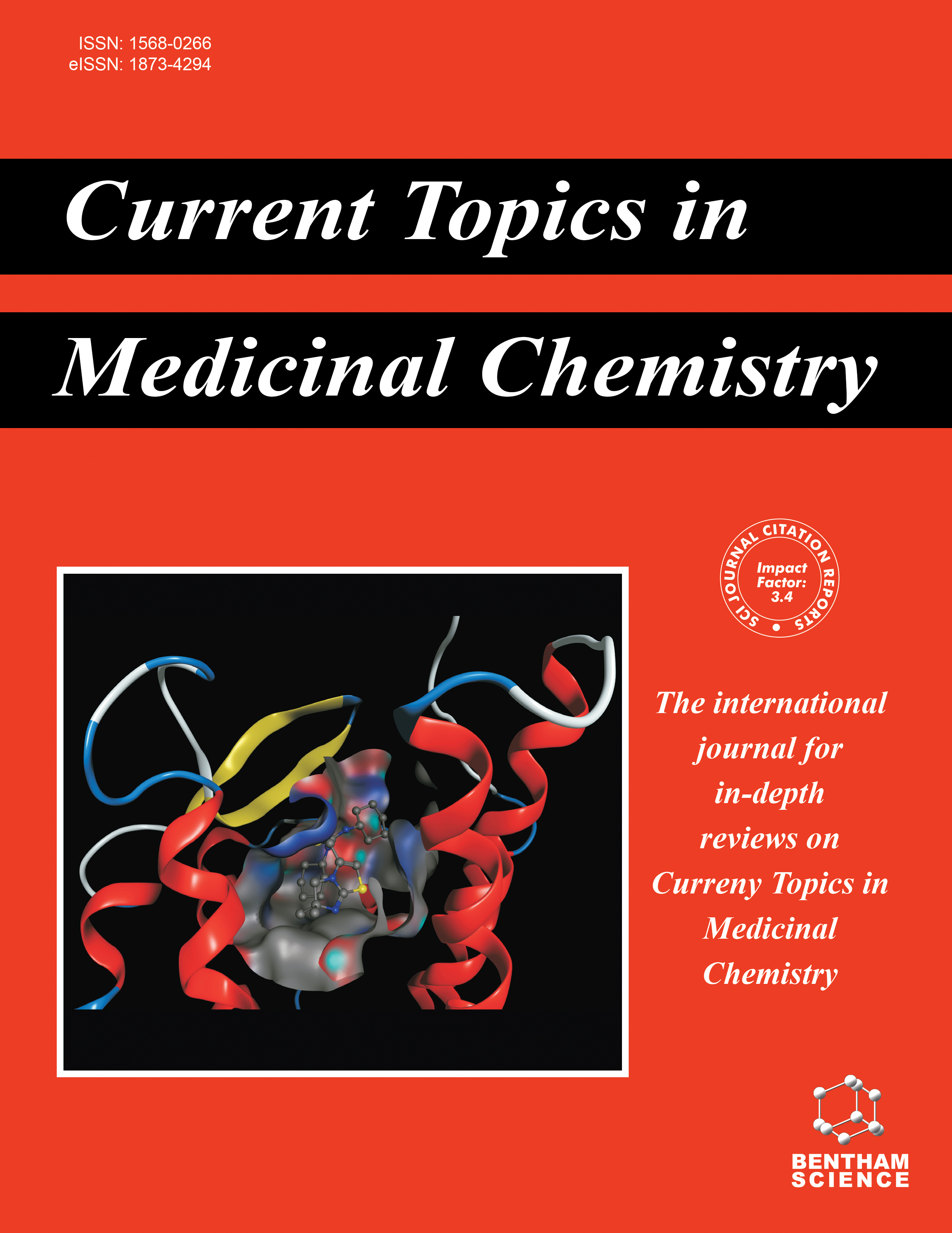
Full text loading...
We use cookies to track usage and preferences.I Understand
In recent years, mesenchymal stem cells (MSCs) have emerged as promising anti-cancer mediators with the potential to treat several cancers. MSCs have been modified to produce anti-proliferative, pro-apoptotic, and anti-angiogenic molecules that could be effective against a variety of malignancies. Additionally, customizing MSCs with cytokines that stimulate pro-tumorigenic immunity or using them as vehicles for traditional chemical molecules with anti-cancer characteristics. Even though the specific function of MSCs in tumors is still challenged, promising outcomes from preclinical investigations of MSC-based gene therapy for a variety of cancers inspire the beginning of clinical trials. In addition, the tumor microenvironment (TME) could have a substantial influence on normal tissue stem cells, which can affect the treatment outcomes. To overcome the complications of TME in cancer development, MSCs could provide some signs of hope for converting TME into unequivocal therapeutic tools. Hence, this review focuses on engineered MSCs (En-MSCs) as a promising approach to overcoming the complications of TME.

Article metrics loading...

Full text loading...
References


Data & Media loading...

